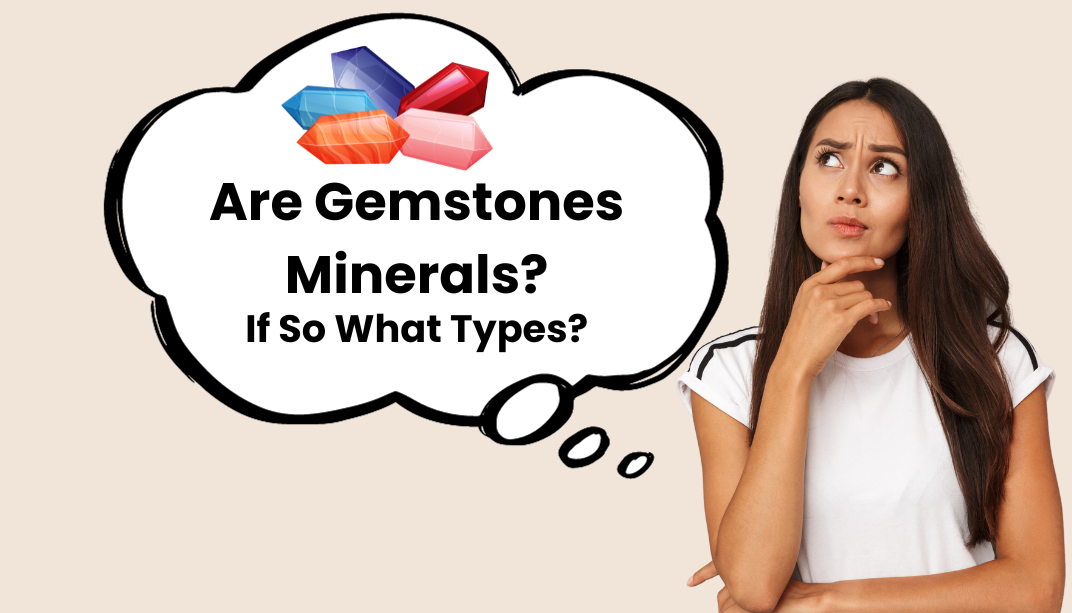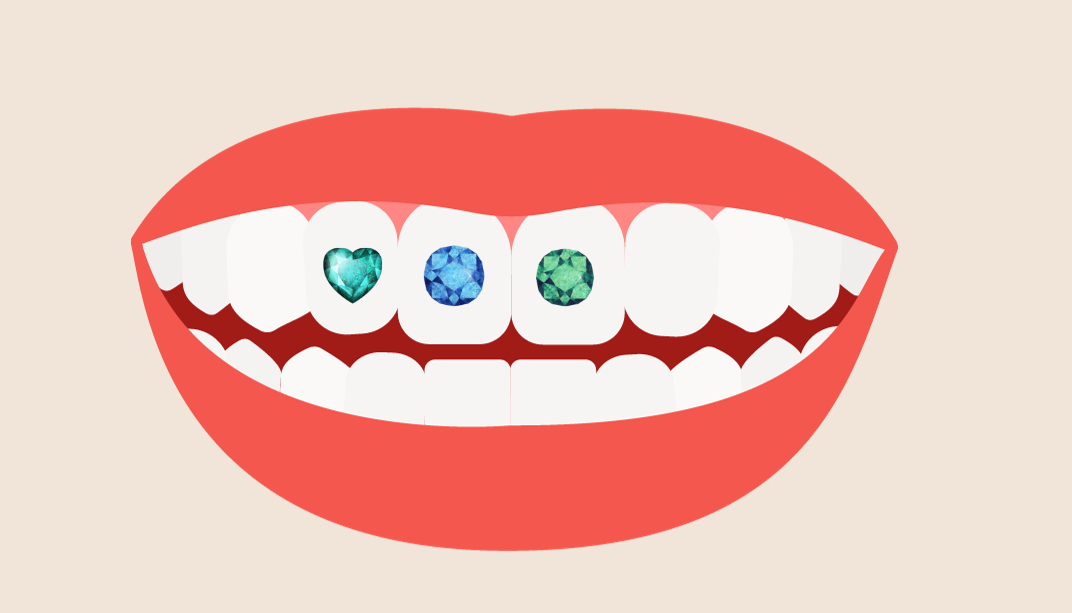
Are Gemstones Minerals? If So What Types?
Gemstones have fascinated humanity across cultures for millennia with their dazzling colors and lustrous sparkle. These rare stones have been highly coveted and used to adorn jewelry and objets d’art by nobilities and royals through the ages. But beside their captivating beauty and status, many wonder - what exactly are gemstones from a scientific perspective? Are vibrant red rubies and shimmering sapphires considered minerals? Let’s explore the geology behind these treasured gems.
What are Minerals?
In geology, a mineral is defined as a naturally occurring, solid, inorganic substance with a specific chemical composition and highly ordered atomic structure, generally in a crystalline form. Unlike rocks which are made of multiple mineral materials, minerals are homogenous solid substances formed through geological processes. To be classified scientifically as a mineral, a substance must meet the following criteria:
- Naturally occurring - formed through geological processes without human intervention or artifacts.
- Solid state at room temperatures - has a definite volume and shape. Note some minerals melt at lower temperatures.
- Inorganic - not arising from plant or animal sources. Comes from mineralization processes involving elements like silicon, calcium, iron etc.
- Definite chemical composition - comprised of particular chemical elements combined in fixed ratios. Allows minerals to be identified by chemistry.
- Ordered atomic structure - displays a distinct and organized arrangement of atoms/molecules known as the crystalline structure. This gives rise to the crystal shapes and structures visible in many mineral specimens.

To summarize, for a substance to qualify as a mineral, it must meet all the above conditions - being naturally-formed solids with a set chemistry and ordered atomic arrangement without any organic origins. This excludes materials like coal, pearls, and amber which do not fulfill these criteria.
What are Gemstones?
Now that we have covered minerals, what exactly are gemstones? Colored gemstones, commonly known simply as gemstones or gems, refer to rare mineral varieties that are prized for their beauty, rarity, and durability. Gemstones tend to display visual characteristics like transparency, high refractive indexes causing luster and brilliance, attractive coloring, chatoyancy, and high durability ratings - making them suitable to be cut and polished for jewelry or collectible use.
The most popular colored gemstone categories include:
- Precious stones - highly rare and valuable gem varieties like diamonds, rubies, sapphires and emeralds.
- Semiprecious stones - less scarce gemstones like opals, aquamarine, tourmaline, topaz etc.
- Organic gemstones - mainly pearls, coral and amber which have animal or plant origins
So while most gems are minerals, a few exceptions like pearls and coral are derived from living beings. The key difference between gemstones and associated materials:
- Gemstones - spectacular and durable minerals prized as jewelry
- Rocks - composed of multiple minerals
- Organic gems - from animals or plants e.g. coral, amber, pearls

Are Gemstones Minerals?
Now to answer our titular question - the majority of gemstone varieties are definitively minerals based on scientific classification. They fulfill all the requirements like being solid inorganic substances with defined chemistry and crystal structures. Exceptions are the few organic gem types like pearls, coral and amber.
Let’s see how some popular gemstones stack up as minerals:
Diamond - Composed purely of carbon atoms arranged in characteristic cubic crystal lattice = mineral Ruby/Sapphire - Aluminum oxide with traces of chromium/titanium = mineral Emerald - Beryllium aluminum silicate with traces of chromium/vanadium = mineral Quartz - Silicon dioxide = mineral
As we can see, prominent gemstone types like corundum, beryl, and quartz families check all boxes in the mineral criteria of being solid inorganic substances with defined chemistry and crystalline structures - qualifying them as true minerals. Hence, the appropriate answer to our leading question is an emphatic yes - gemstones are a specialized subgroup of minerals!
Types of Mineral Gemstones Mineral
Gemstones, which have dazzled mankind across history with their scintillating beauty can be grouped into two broad categories:
Precious stones
Among the rarest and most expensive gemstone groups are precious stones like diamonds, rubies, sapphires and emeralds. Their high monetary and cultural value arises from extreme rarity, superior hardness/durability ratings, unmatched optical properties like incredible brilliance, and of course - captivating colorations.
- Diamond - Hardest minerals composed of carbon, unparalleled brilliance
- Ruby - Blood red corundum containing chromium
- Sapphire - All corundum gems except red rubies
- Emerald - Vivid green beryl containing chromium/vanadium
Semi-precious stones
More commonplace and affordable gemstones are classified as semi-precious. They are widely used in jewelry and display excellent hardness and beauty. Examples include:
- Quartz varieties (purple amethyst, red carnelian agate etc) - silicon dioxide
- Tourmaline - borosilicate mineral group displaying every color
- Topaz - aluminum fluorosilicate colored by impurities
- Opal - hydrated silicon dioxide containing suspended silica spheres
- Turquoise - hydrated copper aluminium phosphate colored blue by copper

While the above covers the most popular types, over 100 mineral species are identified as potential gemstones based on optical properties, durability for cutting, and aesthetic appeal. Each displays its own set of dazzling qualities - no wonder they have always enthralled humankind!
Conclusion
So in summary - most gemstones meet the strict scientific criteria to be classified as minerals based on their geology, chemistry, crystal structure and inorganic origins. A few exceptions like pearls, coral and amber have organic animal/plant sources instead of mineralization processes. The families of precious gems and semi-precious stones contain minerals that have bedazzled jewelry wearers and artisans for centuries with their unmatched brilliance, color diversity and durability compared to common rock materials.
The exclusive minerals we call gemstones continue to mesmerize people globally with their cosmic origins, incredible compositions and breathtaking beauty. Their mystique and appeal promises to live on for eons to come! Hopefully this guide has shed light on the geo-scientific facts around one of nature’s most wondrous creations - shimmering gemstones dazzling all as majestic mineral masterpieces from the depths of the Earth itself.
FAQs
Are pearls, coral and amber gemstones?
No. Unlike mineral gems, these originate from organic plant/animal sources and are not minerals.
What are the main types of mineral gemstones?
The two principal categories are precious stones (diamond, ruby, emerald) and semi-precious stones (quartz, tourmaline, topaz).
Do all gemstones have crystal structures?
Yes. Meeting the crystal structure criteria is key for gems to be classified as minerals.
What properties make gems valuable as jewelry?
Durability, beauty (color/shine), and rarity drive the value of gemstones for adornment use in jewelry as precious materials.
Why are diamonds considered a precious stone?
Diamonds are exceptionally rare minerals with unmatched hardness, brilliance and value - qualifying them as precious gemstone minerals reserved for elite jewelry. Their supply limitations and unique properties command high prices.


